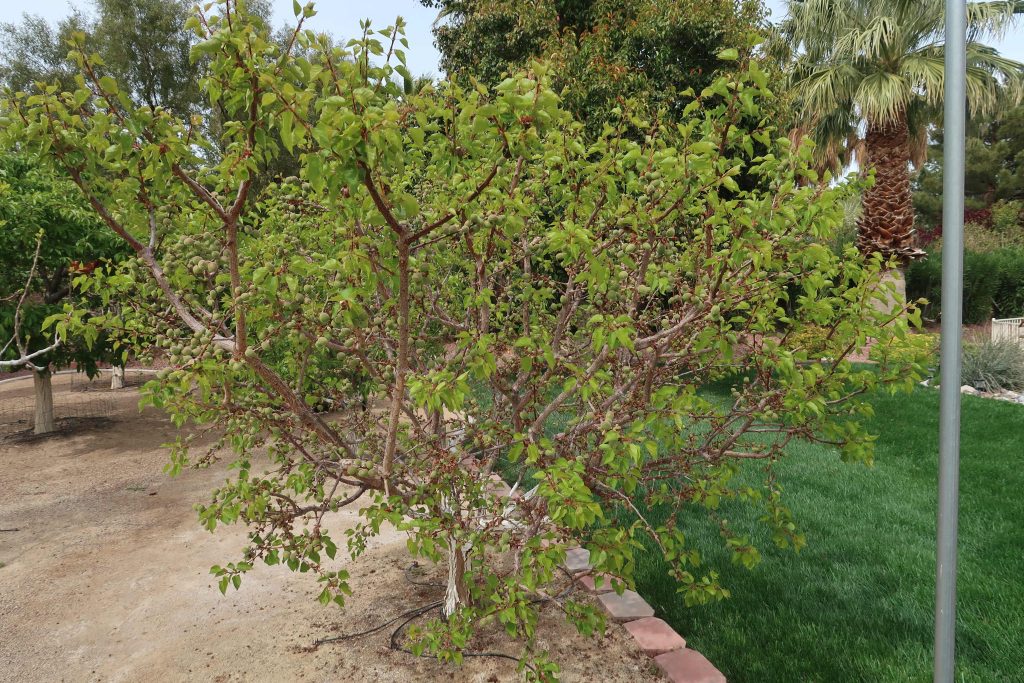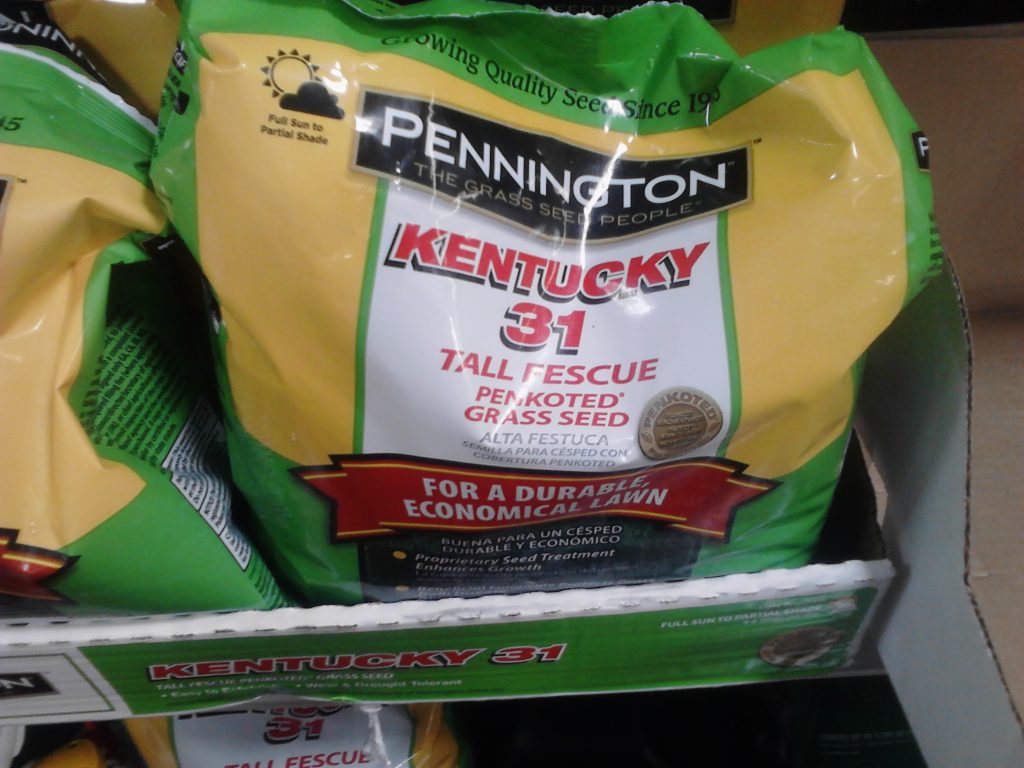Q. I’m getting ready to plant a small plot of fescue grass (seed) at my home. Do you recommend any soil amendments to the soil for a healthy lawn?

A. Not really if the soil is workable and medium brown when it’s wet. It should not be difficult to dig. Are the amendments intended to improve the soil there or do you have to bring in additional soil up to a finished grade? If not, then just seed the area. Grass does not need soil that is “soft”, but firm. Core aerification (after the lawn is mown at least twice) will open the soil and help the roots grow deeper. Do that anytime.
When you construct the lawn area, make sure it is at least 10 feet x 10 feet and square or at least rectangular. Water does not travel easily in other than straight lines. If you use any curves, make them gentle and big so they are easier to water. Lawns growing in the desert are all about water!!!

Seed
I am assuming you are using tall fescue. Select expensive grass seed, not cheap tall fescue seed. Stay away from K31 or Kentucky 31 grass seed. K31 grass seed is less expensive than other tall fescue seed. Seed at a rate no less than 7 to 8 pounds of seed for every thousand square feet of lawn area. Whatever you do, don’t exceed12 pounds of fescue seed per 1000 square feet of area.
All Seed likes Firm Soil
Not hard, but firm. How do you know if it is firm? It should be easy to dig and at least medium brown in color. Clean up (free of weeds) the area to be seeded.
All Seed Prefers Contacting the Firm Soil
All seed likes to grow in contact with the soil. Cover the soil (put a light blanket on top of the seed) and seed with no more than ¼ inch of sand or compost. Avoid using a “thick blanket” covering the seed. In other words, don.t suffocate the seed! Plant big seed in the soil (beans, corn, etc.) Plant small seed (carrots, celery, etc.) near, or on top, of the soil.
Watering the Seed
Irrigate until you see standing water then stop. Do this no more than twice a day, morning and then afternoon to get the seed to germinate. Seed only needs to stay swollen with water. The soil around it can be dry. The first to come out of the seed is the young root. It has to penetrate the soil so make sure it is not hard. Once the seed germinates, water next when your footprints on the grass stay laying down. Seed during Feb – April or late Sept – early November. Avoid germinating the seed during the heat of summer.
Mowing
If you install the irrigation system yourself, make sure to check the pressure or call your water purveyor in your area and have them look at the water pressure for your address. The irrigation heads should spray water from one head to the neighboring heads. Unless it is always windy or watering a 30% slope. Then irrigation heads are closer than that.
Never mow your fescue lawn lower than 1 1/2 inches. When mowing, mowing high is better than shorter. Mow closer to three inches. Mowing patterns establish “striping” and the grass “grain”. Mow in the same direction and spots to produce “striping”. If you don’t want “striping”, mow in opposite directions and alternate the spots where you start.
After you mow it three or four times then rent a core aerifier and bring cores to the surface. Rake them up. Follow that feat with a fertilizer high in phosphorus (the middle or second number. Oftentimes 16-20-0 fertilizer is used. Put this fertilizer down following the label on the bag. Don’t exceed this amount.
Once the Lawn is Established
For the best water management, level the soil and make it as flat as you can. A tall fescue lawn will need anywhere from 7 to 8 feet of water every year! You will apply more water than that because the uniformity of your irrigation system (how evenly water is applied, using stationary popups, the best you can do is from .6 to .7, golf courses with larger heads can be closer to .95 or 95%) is from 60 to 70%,
The best irrigation heads (stationary popups) for tall fescue growing in smaller areas should “popup” to four inches above the lawn (not three or two) and be flush with the surrounding soil. For hybrid bermudagrass, they can be watered with two-inch popups. How the irrigation system is installed has everything to do with the water’s “uniformity of application”.
After the lawn is established (mowed three or four times), 12 to 15 minutes (this time can be split into multiple times with an hour or less between them but totaling from 12 to 15 minutes total or per day) is usually long enough to set the irrigation timer. Change the days per week only, not the number of minutes. Water early in the morning (after 2 or 3 am) and finish watering before the wind of the day starts (sunrise). Don’t water at the beginning of night or you may get a lawn disease!
Fertilizing Lawns
Fertilize the lawn four or five times each year and avoid the heat of summer months (don’t forget to fertilize on Thanksgiving use that as one of your days). Core aerify once a year. Never ever mow less than 1 1/2 inch tall. the best lawn fertilizers are in a ratios of N-P-K as 3-1-2 or 4-1-2. Examples are close to 21-7-14 (3-1-2) or 20-5-10 (4-1-2).